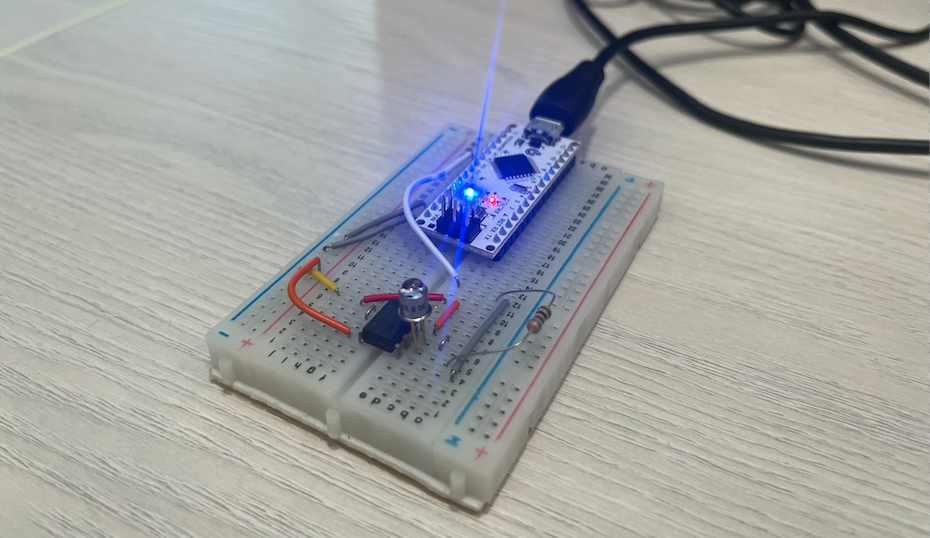An onboard ADC (analog-to-digital converter) is one of the basic features of Arduino-compatible boards. With just a few lines of code, the can turn voltages into numerical values. When streamed over a serial interface, these values let the Arduino act as a live external sensor—capturing data from photodiodes, microphones, or other circuits.
In this example, we build a robust workflow for acquiring ADC samples via UART/USB and processing them in the Wolfram Language. Instead of relying on naïve streaming (which is prone to corruption), we design a lightweight framing protocol that improves integrity of data packets. Once in Wolfram Language, the values can be visualized, filtered, or transformed in real time—turning an entry-level Arduino into a toy-like oscilloscope or spectrum analyzer.
